Few English authors have such strong associations with the heritage of their local area as Thomas Hardy, the internationally renowned author of Dorset, England. His books 'Under the Greenwood Tree', 'Tess of the d'Urbervilles' and 'Far from the Madding Crowd' were later also translated into TV and film.
Early in his life Hardy had lived in a nearby simple thatched cottage where he was born in 1840. It was built of cob and thatch by his grandfather. Following the success of his early novels his fame Hardy's wealth grew and he could plan for better things.
In 1885, using his training as an architect, Thomas Hardy designed 'Max Gate' which his brother then built. Hardy and his wife Emma then moved into Max Gate which is open to the public today and I show to you today.
Max Gate was Hardy's home for forty years, until he died in 1928 but whilst there he wrote some of his most famous works, The Mayor of Casterbridge, The Woodlanders, Tess of the d'Urbervilles, Jude the Obscure, The Dynasts as well as numerous poems and short stories. His two-volume "autobiography," The Early Life of Thomas Hardy, 1840-1891 and The Later Years of Thomas Hardy, 1892-1928 were published under his second wife's name, Florence Hardy, in accordance with Hardy's instructions prior to his death.
Hardy was fascinated by time. He had at least four grandfather clocks in the house and numerous smaller ones. He designed several sundials of which this was the only one completed, after his death, bearing the motto 'Quid De Nocte' which was claimed by Hardy to mean 'Joy cometh in the morning' (morning glory?) but which actually means 'what of the night'/
Max Gate, named after the last keeper of the toll-gate on the nearby Wareham road, is certainly a comfortable house if not an architectural triumph. For many years it had been rented out to tenants and has only recently been brought back to being a recreation of Hardy's life. The rooms are well proportioned and furnished with furniture 'of the period' rather than strictly with Hardy's own furnishings. The sitting room is bright and light, facing south, furnished with comfortable chairs and even a 'wind break' that would have been designed to keep cool winter draughts away from the occupant of the chair.
Trinkets and photographs of Hardy himself, often with distinguished visitors, are in evidence. He led a full and busy life right up to his death at 87 and here entertained some of the most famous people of his time - the Prince of Wales (Edward VII), Lawrence of Arabia, Rudyard Kipling, George Bernard Shaw, H. G. Wells, R. L. Stevenson, Virginia Woolf, Marie Stopes, Gustav Holst, Siegfried Sassoon and many others.
T. E. Lawrence's (Lawrence of Arabia) friendship with Hardy is demonstrated by the bust of him in the lounge along with photos of his famous Brough Superior motorcycle. There is also an early letter from Lawrence to Hardy's wife requesting permission to visit him.
There are several different 'studies' that Hardy used for his writing, being used as the fancy took him. This is one on them on the first floor.
Up in the attic space of the roof we find rooms that Hardy's first wife Emma reserved as her own. They are quite dark and unwelcoming and hint at a distancing in their relationship.
There are many interesting Victorian-era period pieces in the house. I like the unusual bath fittings and the hand-pushed carpet sweeper.
There are some very pretty period-pieces like this wardrobe.
The dining room is nicely proportioned and must have been the scene of many fascinating dinners attended by eminent people of the day!
And another typewriter tucked away for Hardy's next lines...

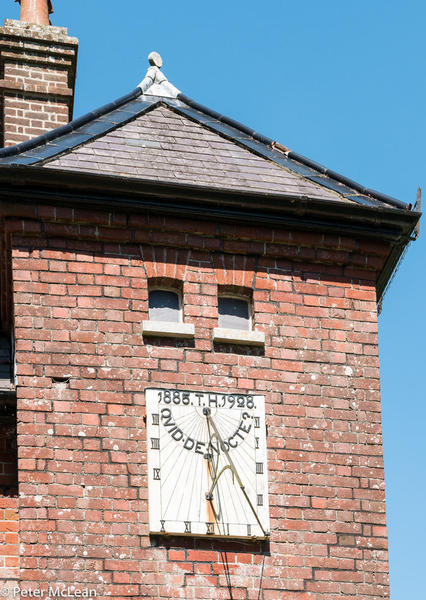
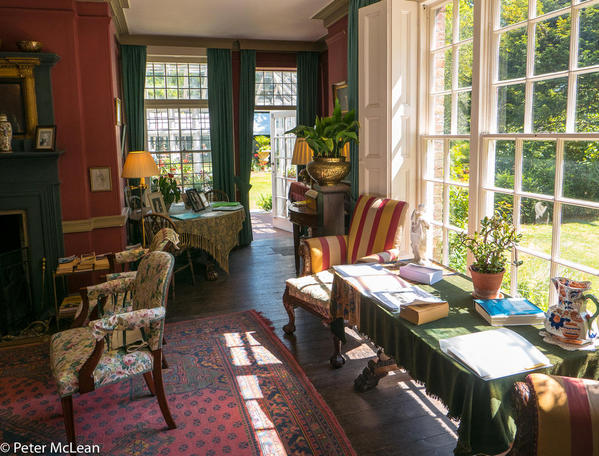
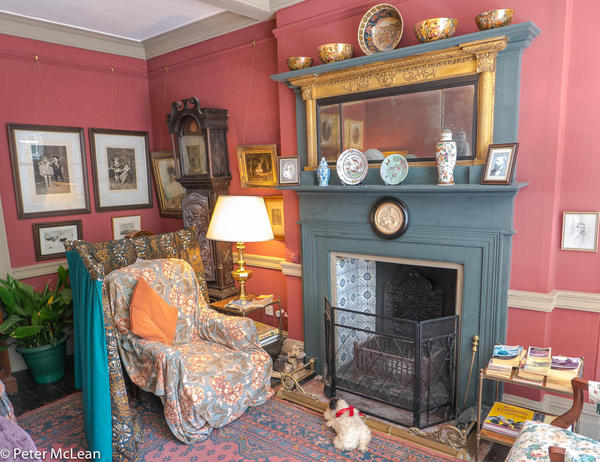
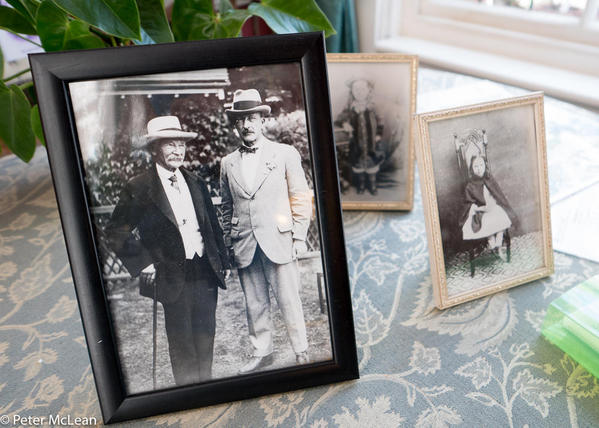
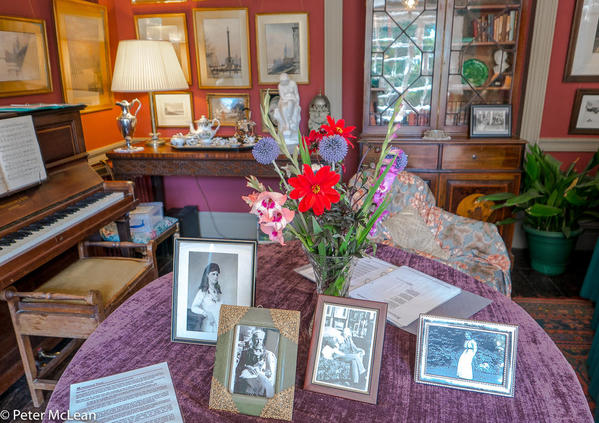
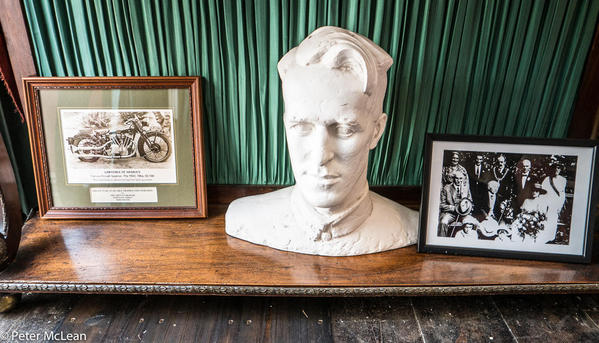
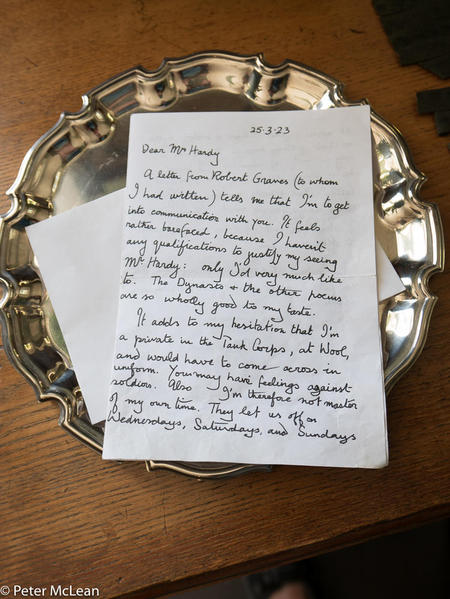
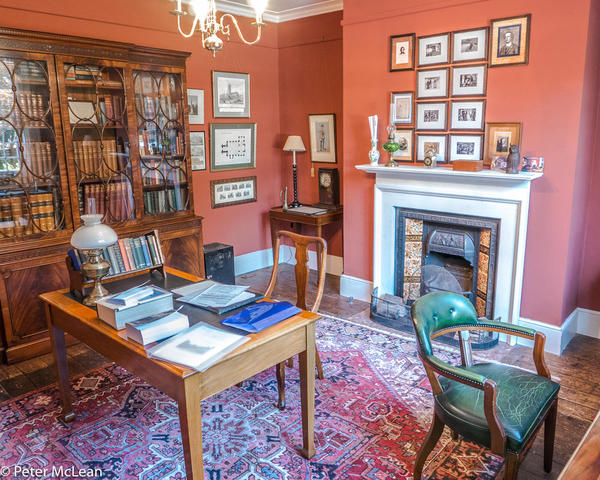
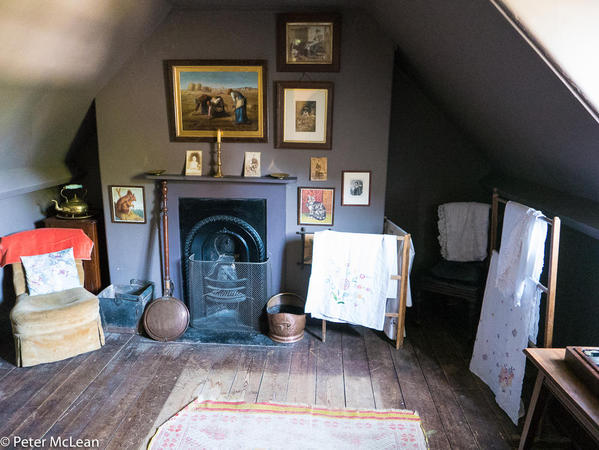
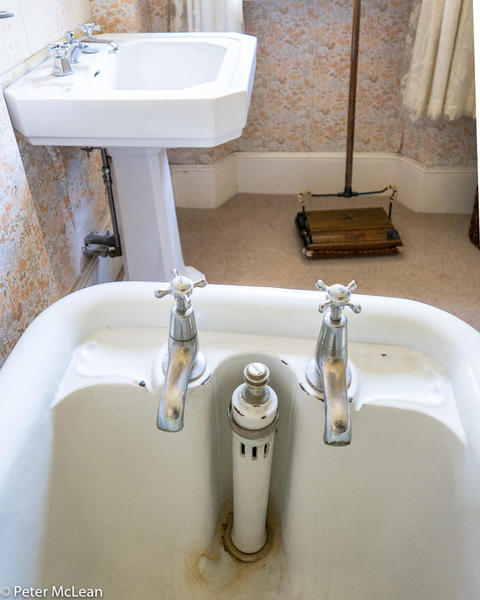
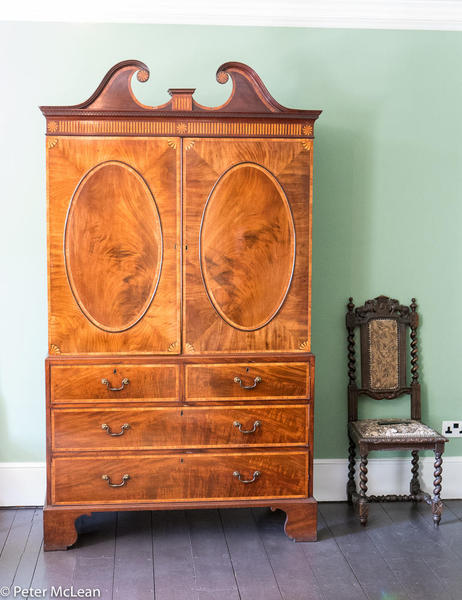
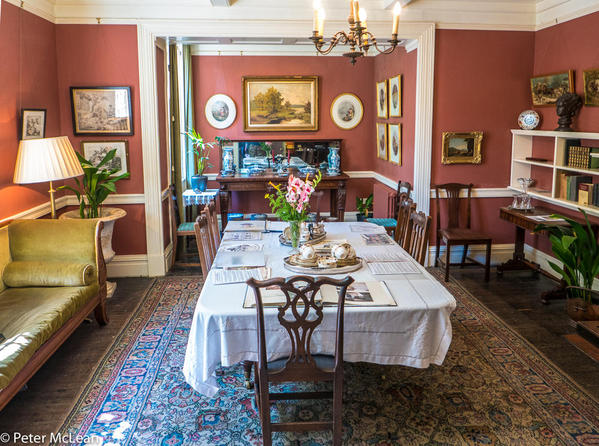
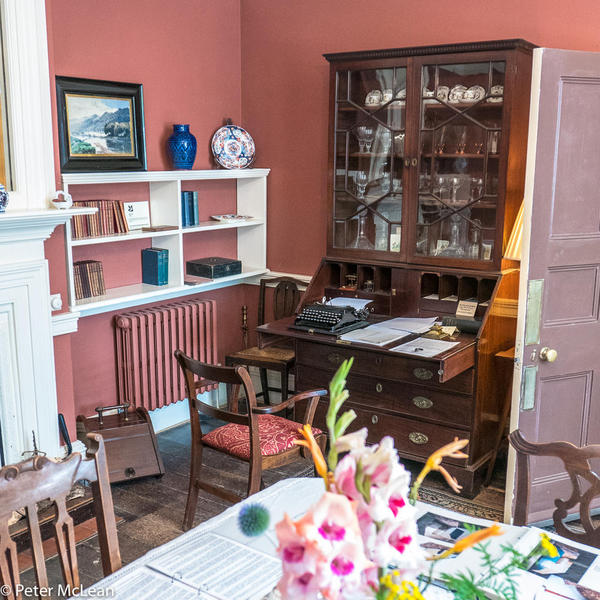
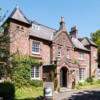


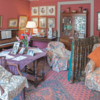



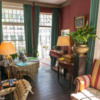

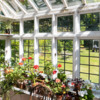
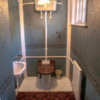
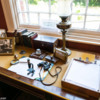
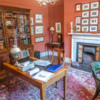



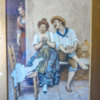
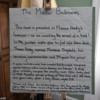
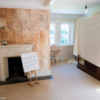
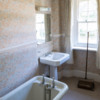


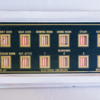
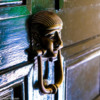


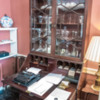

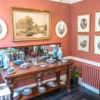

Comments (6)